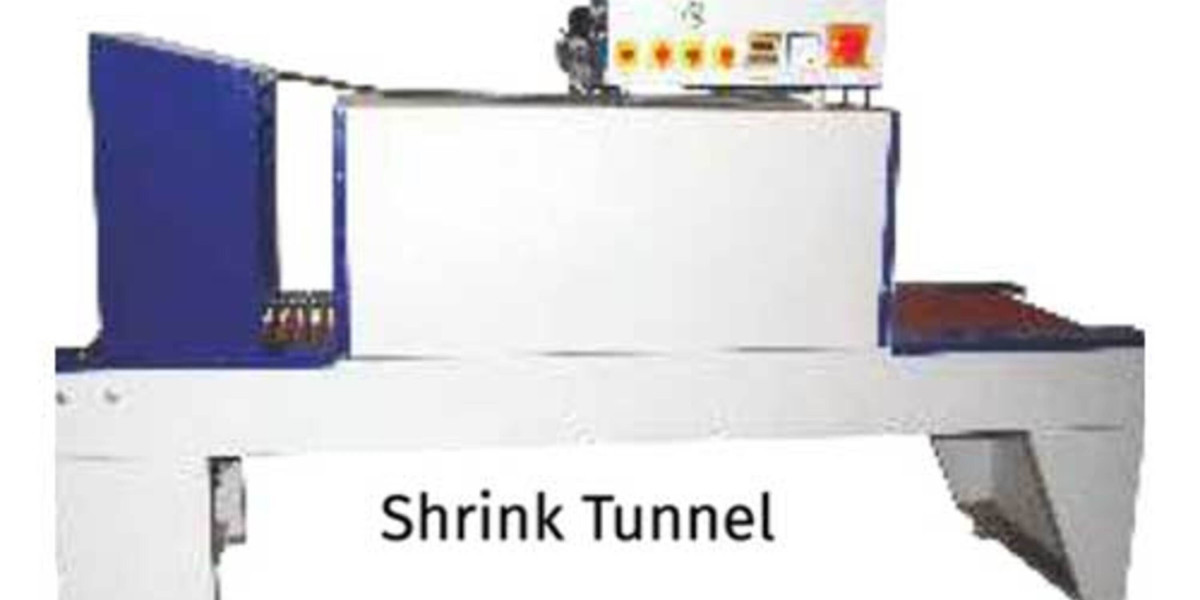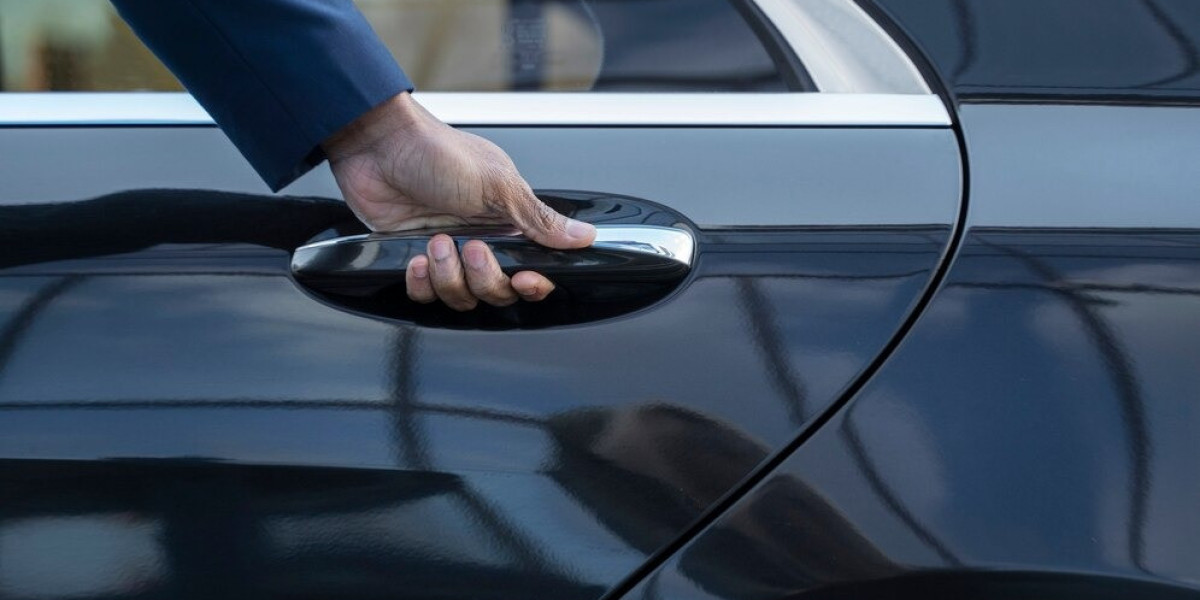Joy Pack India When it comes to packaging and protecting your products, a shrink tunnel is an invaluable tool. Shrink tunnels use heat to shrink plastic film tightly around products, ensuring they are sealed and secure. But with various types of shrink tunnel in delhi available on the market, choosing the right one can be challenging. In this blog, we’ll compare different types of shrink tunnels to help you determine which one is best suited for your needs.

1. Standard Shrink Tunnels
Overview: Standard shrink tunnels are the most common type and are often used in industries where moderate production speeds and flexibility are required. They consist of a heating chamber where the plastic film is heated and shrunk around the product.
Advantages:
- Versatility: Suitable for a wide range of products and film types.
- Cost-Effective: Generally more affordable compared to specialized models.
- Ease of Use: Simple to operate and maintain.
Disadvantages:
- Speed Limitations: May not be ideal for high-speed production lines.
- Uniformity: Heat distribution might not always be perfectly consistent.
Best For: Small to medium-sized businesses with moderate production requirements.
2. High-Speed Shrink Tunnels
Overview: Designed for high-volume production environments, high-speed shrink tunnels can handle rapid product flow and offer faster cycle times.
Advantages:
- Efficiency: Can process large quantities of products quickly.
- Advanced Features: Often equipped with sophisticated temperature controls and automated systems.
Disadvantages:
- Cost: Higher initial investment.
- Complexity: More advanced features can mean more maintenance.
Best For: Large-scale operations with high production demands.
3. Infrared Shrink Tunnels
Overview: Infrared shrink tunnels use infrared heaters to provide targeted and efficient heat. This type of tunnel is known for its precision and energy efficiency.
Advantages:
- Energy Efficiency: Infrared heating uses less energy and heats up faster.
- Controlled Heating: Provides precise temperature control for different products.
Disadvantages:
- Cost: Generally more expensive due to advanced technology.
- Specific Applications: May not be suitable for all types of shrink films.
Best For: Businesses needing precise temperature control and energy efficiency.
4. Steam Shrink Tunnels
Overview: Steam shrink tunnels use steam to shrink the plastic film around the product. This method is especially effective for shrink films that require a high degree of flexibility.
Advantages:
- Flexibility: Ideal for products with irregular shapes or sizes.
- Reduced Film Damage: Steam can be gentler on some shrink films compared to heat.
Disadvantages:
- Complexity: Requires a steam source and more intricate maintenance.
- Water Management: Steam creates moisture, which needs to be managed.
Best For: Products requiring gentle handling and films sensitive to high heat.
5. Conveyor Shrink Tunnels
Overview: Conveyor shrink tunnels feature a moving conveyor belt that transports products through the heating chamber. This design helps automate the packaging process and is ideal for continuous production lines.
Advantages:
- Automation: Facilitates continuous and consistent packaging.
- Flexibility: Can be adjusted for various product sizes and types.
Disadvantages:
- Space Requirements: Requires more floor space due to the conveyor system.
- Initial Investment: Higher setup costs compared to non-conveyor models.
Best For: Businesses with continuous packaging needs and space availability.
Choosing the Right Shrink Tunnel for Your Needs
Selecting the right shrink tunnel depends on several factors, including your production volume, product types, budget, and desired features. Here are a few tips to help you make the decision:
- Assess Production Needs: Consider your production speed and volume requirements.
- Evaluate Product Types: Determine which shrink tunnel can handle your product shapes and sizes.
- Budget Considerations: Balance the cost with the benefits offered by each type of shrink tunnel.
- Feature Requirements: Decide if you need advanced features like infrared heating or automation.
By understanding the differences between various shrink tunnels, you can make an informed decision and choose the right model to enhance your packaging process. Whether you need a cost-effective standard tunnel or a high-speed, energy-efficient model, there’s a shrink tunnel designed to meet your specific needs.
Joy Pack India is India's leading manufacturer of Shrink Tunnel . You can contact them for further information regarding the Shrink Tunnel at



